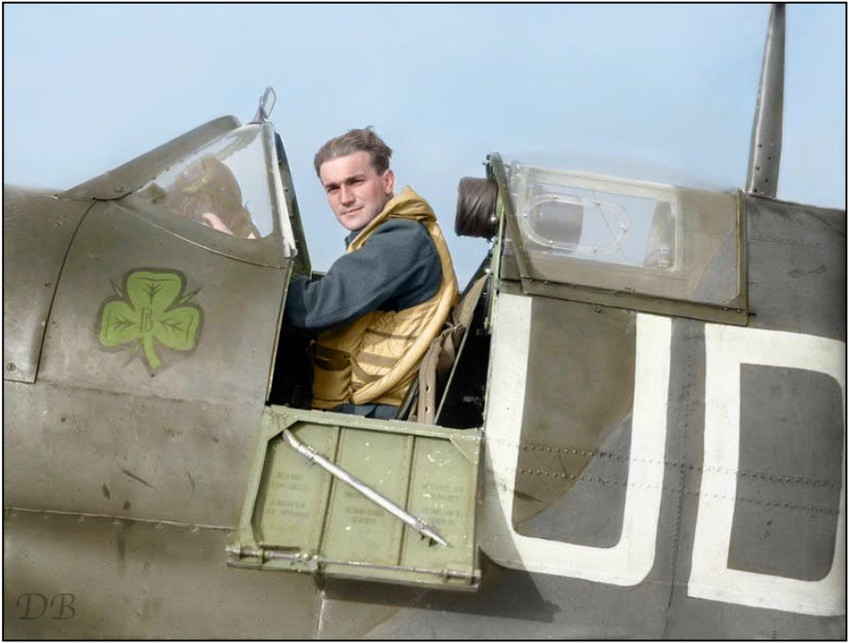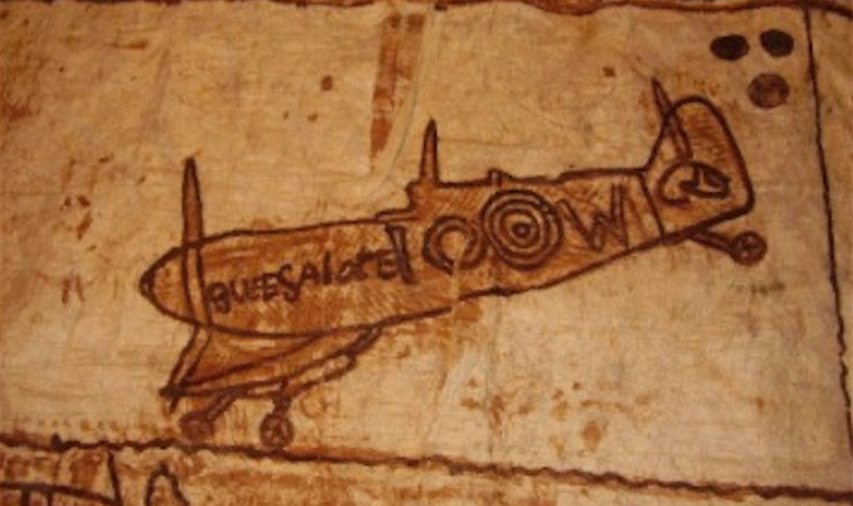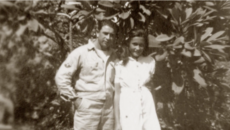TALES OF TIME - PACIFIC SPITFIRES
By Michael Field
Early in World War Two both Samoa and Tonga raised money to buy Spitfires. Tonga did rather better, coming up with the money for three while then New Zealand ruled Western Samoa purchased one.
Samoa’s contribution was, perhaps, all the more remarkable because of its unique involvement with the New Zealand air force. Just 10 years before the fund raising, Western Samoans had been at the receiving end of the newly formed air forces’ first operational mission. Just weeks after New Zealand Police had gunned down 11 Mau marchers on Apia’s Beach Road the air force arrived in the form of a Moth seaplane, aboard HMS Dunedin. It was flown to hunt Mau in the jungles behind Apia. Occasionally it fired shots at distant figures, but was mostly useless. The climate so damaged the plane it had to be scrapped.

A decade on, the war against the Nazis was more pressing and Western Samoa’s banana farmers donated six-pence per crate of exported bananas, raising £5,723 (around the equivalent of $1 million in 2016) for a Spitfire.
The resulting Mark V Spitfire was christened Western Samoa and deployed to New Zealand’s 485 Squadron. It was flown by Auckland born Sergeant Andy Kronfeld. His mother was from the Fiame family of Lotofaga, Samoa. His German side came from Tonga. Kronfeld managed to shoot down a German and he survived the war. The plane did not. It was transferred to an Eagle Squadron – American volunteers in the Royal Air Force. It was shot down on 31 July 1942 over Abbeville, France. Its pilot, Norman Young, was killed.

Tonga had not been enthusiastic about World War One, but Queen Salote was keen to join with the Allies when World War Two came around. Tonga, although nominally self-governing, was controlled from London.
Salote ordered fund raising for three Spitfires and eventually £15,000 (around $3 million today) was raised. Three Spitfires were ordered and named Queen Salote, Prince Tungi and Tupou I. The gifts were marked also with tapa design.
The Mark V Spitfire Queen Salote went to RAF 602 City of Glasgow Squadron and became the personal plane of Brendan ‘Paddy’ Finucane. Born in Ireland, he had a shamrock motif on the fuselage. There was a small problem with the name on the plane: it had been written “Queen of Salote”. When the War Office noticed it in photos, the “of” was painted out.

Finucane was an ace. He was officially credited with 28 kills and may have had as many as 32. He continues to hold the record as the youngest pilot ever to hold the rank of wing commander, promoted to the position when he was 21.
Finucane was killed soon after, attacking a German Army at Étaples, France. Queen Salote was hit in the radiator by a German machine gun. Finucane turned back to England but 13 kilometres off Le Touquet on the French coast, he broke radio silence and sent his last message. He was heard to say “this is it butch” before ditching. Finucane drowned.
Prince Tungi, a Mark IX Spitfire, went into 485 Squadron in 1944. Transferred to the Mediterranean, it ended its days when it ran out of fuel on a mission over Sicily and crashed near Catania.
The fate of the third Tongan Spitfire, King Tupou I, has slipped through history’s gaps.

Fiji also had a Spitfire connection, as I have written of here. Sergeant Isikeli Doviverata Komaisavai is recorded in military a history as “the only representative of the Fijian race to have the distinction of serving with the R.A.F.”
He flew Mark V Spitfires, first out of South England before his squadron was moved to the Orkney Islands.
He died of pleurisy in January 1944.




